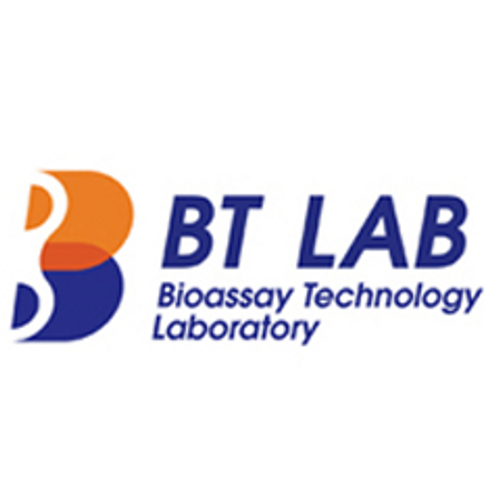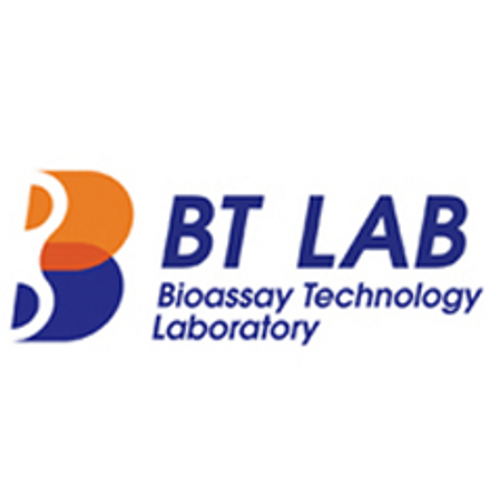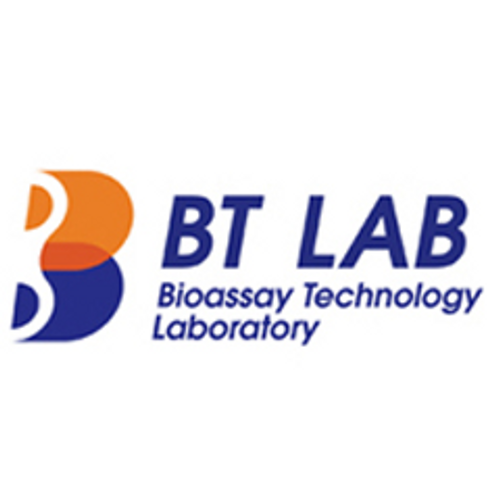Product Description
Rat Vitamin K1 (VK1) ELISA Kit | AE11649RA | Abebio
Species Reactivity: Rat (Rattus norvegicus)
Abbreviation: VK1
Alternative Name: Phylloquinone; Phytonadione; Phytomenadione
Application: ELISA
Range: 123.5-10000 pg/mL
Sensitivity: 49.3 pg/mL
Intra-Assay: ≤6.3%
Inter-Assay: ≤7.5%
Recovery: 0, 99
Sample Type: Serum, Plasma, Other biological fluids
Detection Method: Sandwich
Analysis Method : Quantitive
Test Principale: This assay employs a two-site sandwich ELISA to quantitate VK1 in samples. An antibody specific for VK1 has been pre-coated onto a microplate. Standards and samples are pipetted into the wells and anyVK1 present is bound by the immobilized antibody. After removing any unbound substances, a biotin-conjugated antibody specific for VK1 is added to the wells. After washing, Streptavidin conjugated Horseradish Peroxidase (HRP) is added to the wells. Following a wash to remove any unbound avidin-enzyme reagent, a substrate solution is added to the wells and color develops in proportion to the amount of VK1 bound in the initial step. The color development is stopped and the intensity of the color is measured.
Product Overview: Vitamin K is essential for blood clotting but must be enzymatically activated. This enzymatically activated form of vitamin K is a reduced form required for the carboxylation of glutamic acid residues in some blood-clotting proteins. VKORC1 is responsible for reducing vitamin K 2, 3-epoxide to the enzymatically activated form. Fatal bleeding can be caused by vitamin K deficiency and by the vitamin K antagonist warfarin, and it is the product of this gene that is sensitive to warfarin. In humans, mutations in this gene can be associated with deficiencies in vitamin-K-dependent clotting factors and, in humans and rats, with warfarin resistance. Two pseudogenes have been identified on chromosome 1 and the X chromosome. Two alternatively spliced transcripts encoding different isoforms have been described.
Stability: The stability of ELISA kit is determined by the loss rate of activity. The loss rate of this kit is less than 5% within the expiration date under appropriate storage condition. The loss rate was determined by accelerated thermal degradation test. Keep the kit at 37°C for 4 and 7 days, and compare O.D.values of the kit kept at 37°C with that of at recommended temperature. (referring from China Biological Products Standard, which was calculated by the Arrhenius equation. For ELISA kit, 4 days storage at 37°C can be considered as 6 months at 2 - 8°C, which means 7 days at 37°C equaling 12 months at 2 - 8°C) .
 Euro
Euro
 USD
USD
 British Pound
British Pound
 NULL
NULL












